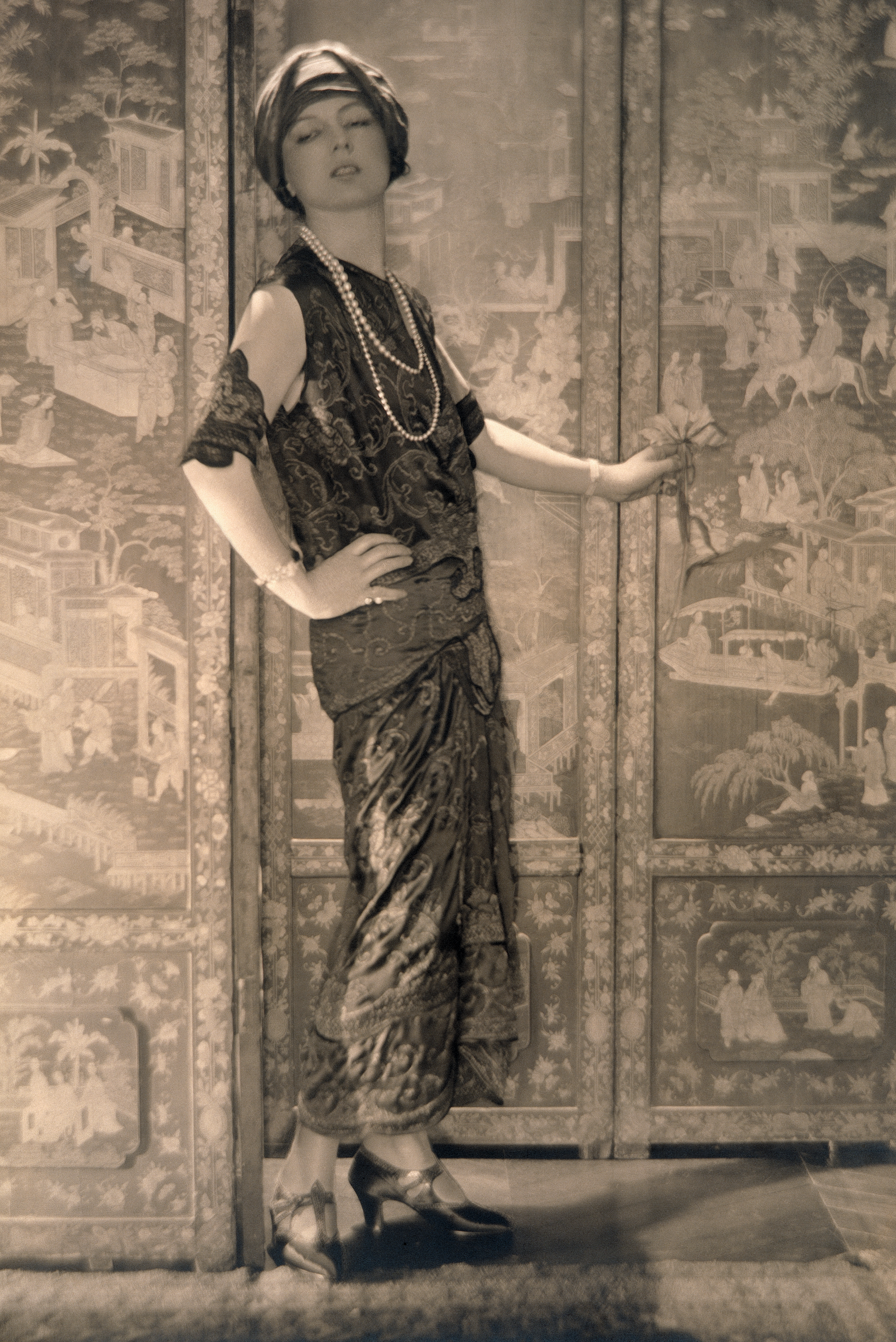You say working in the boutique provided you with advantages in your current role. How?
It’s easy to forget who the client is if you’re sitting in a meeting, talking about strategy. You really have to pull back and say, you know, “What are we trying to achieve?” “Who is our client?” “Why are we doing this for them?” “Will this resonate with them?”
I encourage my team to visit the boutiques. We started a retail-experience program a few years ago where anyone who’s not actually working in the boutiques takes a two-week visit, ideally once a year, to spend time in boutiques, work in them, understand the business and the client.
And everybody that I interact with who’s gone through that, comes back and says, “Oh, my goodness. It’s really hard working in retail. It’s not easy.” And it helps them realize the other side of the services that they’re providing to our boutique teams.
How do you view your role, leading in an industry that’s been historically dominated by men?
Cartier has been in New York for more than 100 years now. I am the first woman to be President & CEO of Cartier North America; that’s a pretty big thing that I have to focus on, living up to that awesome responsibility.
Any leader, no matter their gender, has an important responsibility to inspire, to lead their teams to make sure we’re achieving our goals for our clients and for Cartier. I’ve been told I have a high level of empathy for what our teams are doing. I think that can be a more feminine trait. It’s not only a feminine trait, but can be something that you see in a lot of female leaders. And it’s something that works very well for us here, that empathy
and collaboration.
Those types of skills are really needed in today’s workforce, in today’s leadership.
How do you think about your customer? How do you get close to them?
That’s one of the things that I continue to think about, having worked in the stores myself. More and more people interact with us online, see us in social media, go on our website, call our 1-800-Cartier line. Keeping a personalized relationship with each one of them is a huge challenge.
We believe our strength is twofold: First, we have beautiful creations. We have inspirational pieces that tell stories, tell the stories of history, tell the stories of today. But also, it’s the relationship that we have with the clients. That’s just as important as that piece they are taking home with them. Because you’re usually purchasing something from us for a special occasion, marking some moment in your life: a birthday, an anniversary, or a promotion.
Our goal is to be part of that memorable moment. So most of our actions locally continue to be driven by, “How do we strengthen that relationship?”
Sometimes that can mean technology is involved. But more often than not, it’s really about the people. The answer is in our team. Do we have the best people? Are they understanding the customer? Are they customizing the experience for each one of those people that they interact with in a very special way, so that that human connection is maintained?

